Learn the Blues ( Minor Pentatonic ) and Pentatonic ( Major Pentatonic ) scales on ukulele. A practical approach to learning theses two essential scales using the Blues. These five note scales, the Major Pentatonic and the Blues or Minor Pentatonic scales are two of the most common scales used in contemporary music.
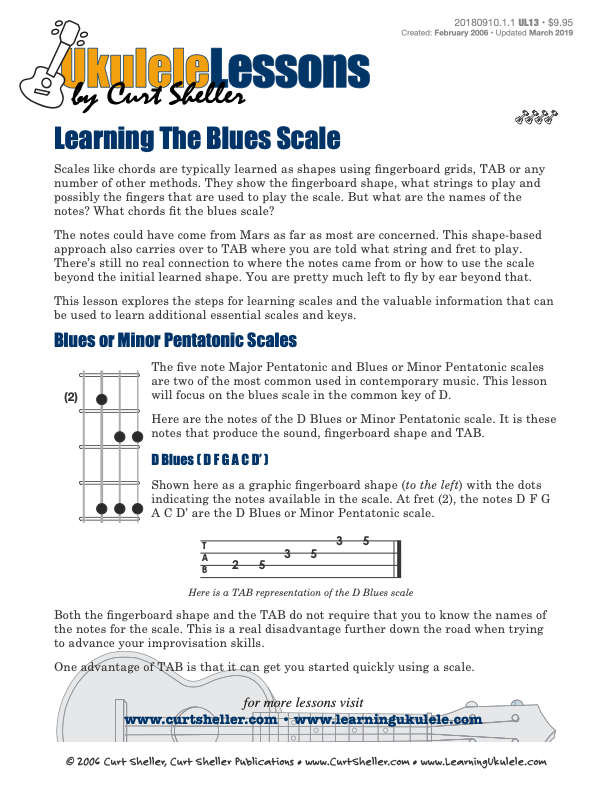
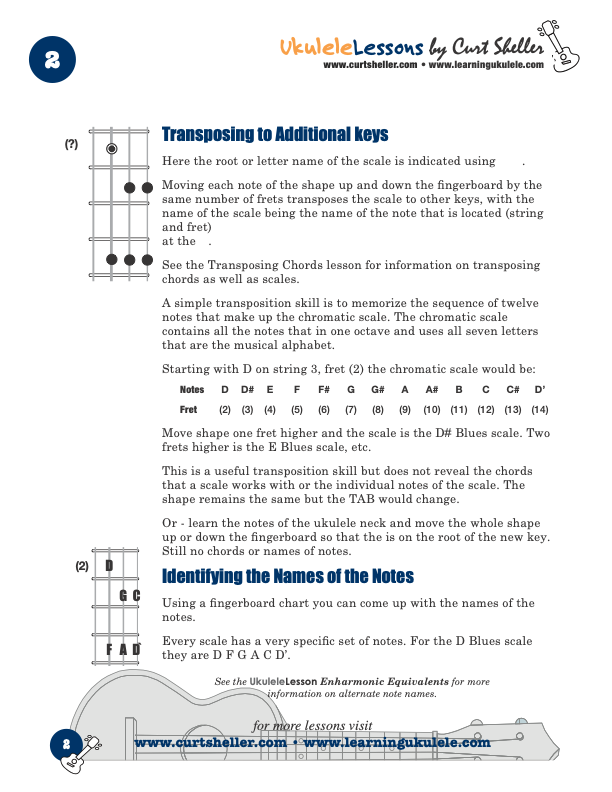
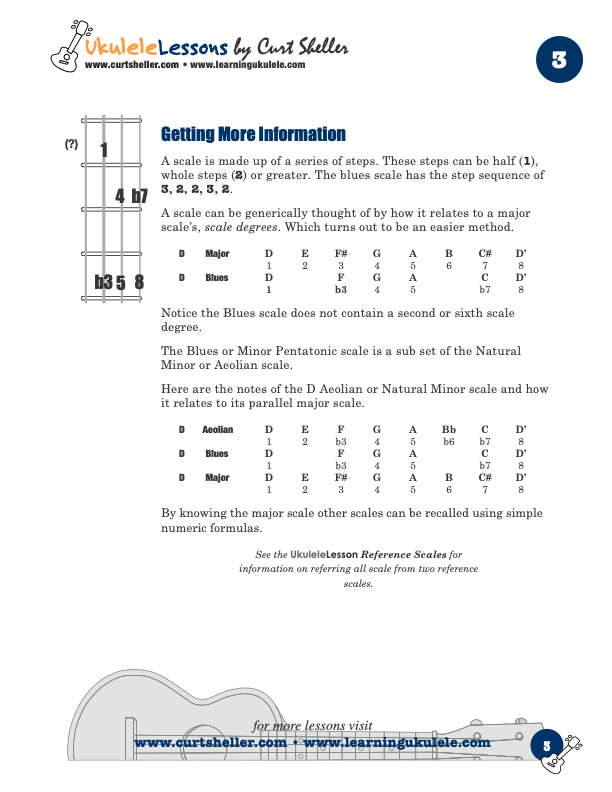
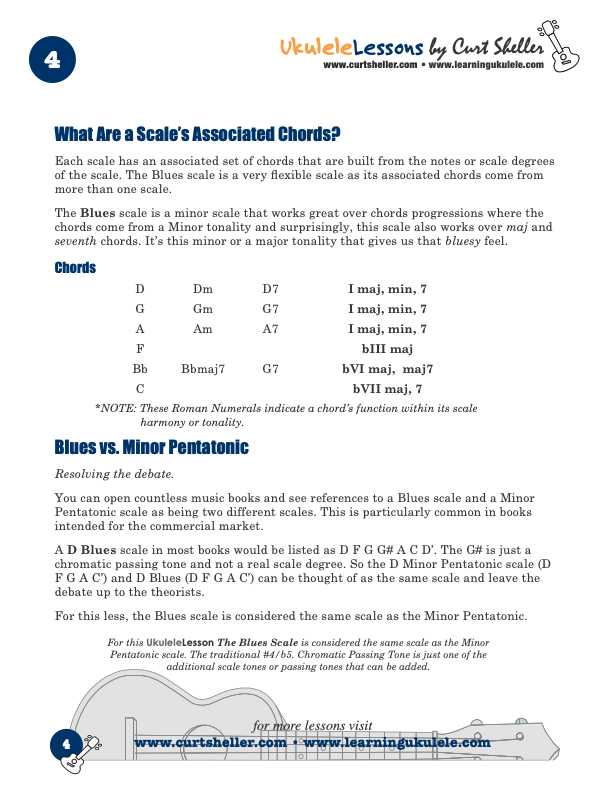
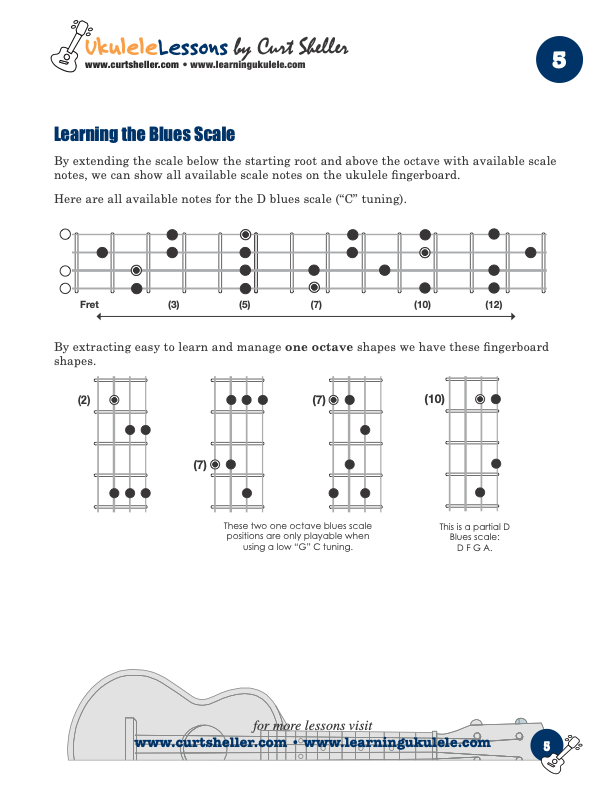
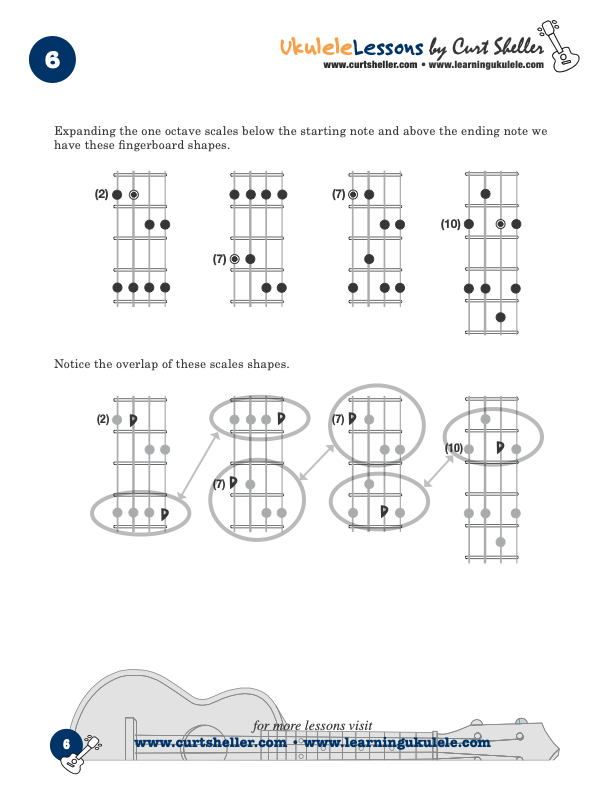
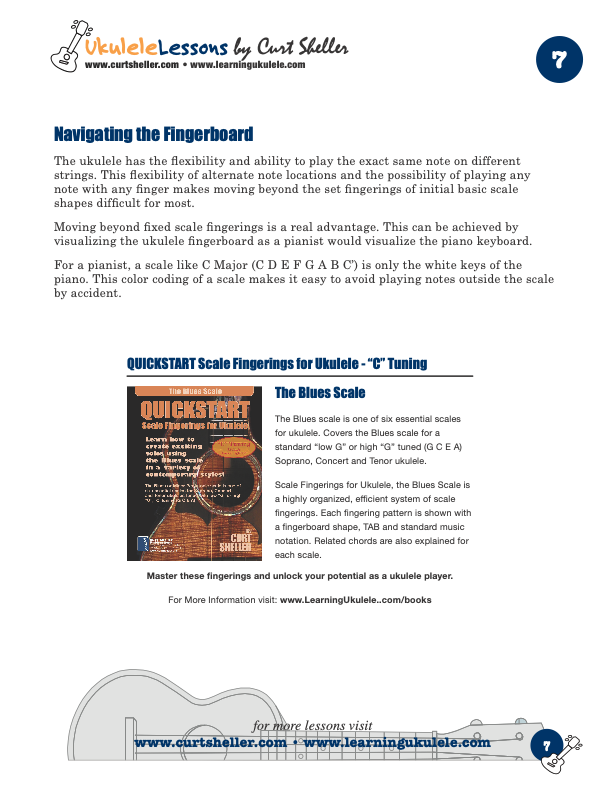
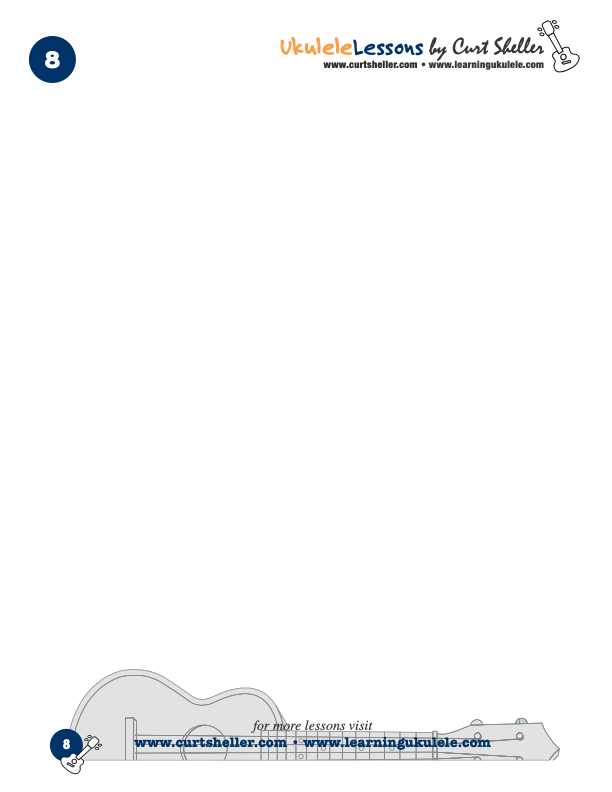








Learn the Blues ( Minor Pentatonic ) and Pentatonic ( Major Pentatonic ) scales on ukulele.
A practical approach to learning theses two essential scales using the Blues scale.
Scales like chords, are typically learned as shapes using chord grids, TAB or any number of methods. They show a fingerboard shape, what strings to play and possibly the fingers that are used to play the scale. But what are the names of the notes? What chords can I use them with? You are usually left to fend for yourself.
These five note scales, the Major Pentatonic and the Blues or Minor Pentatonic scales are two of the most common scales used in contemporary music. This lesson focuses on the blues scale in the common key of D.
Learn the Blues ( Minor Pentatonic ) and Pentatonic ( Major Pentatonic ) scales on ukulele.
A practical approach to learning theses two essential scales using the Blues scale.
Scales like chords, are typically learned as shapes using chord grids, TAB or any number of methods. They show a fingerboard shape, what strings to play and possibly the fingers that are used to play the scale. But what are the names of the notes? What chords can I use them with? You are usually left to fend for yourself.
These five note scales, the Major Pentatonic and the Blues or Minor Pentatonic scales are two of the most common scales used in contemporary music. This lesson focuses on the blues scale in the common key of D.
Learning The Blues Scale on `Ukulele
The Blues
A Feeling, A Scale, A Progression
A Blues Scale
In the Key of C the C Blues Scale is: C Eb F G Bb C' ( 1 b3 4 5 b7 8 of the C Major scale )
A Blues Progression?
The most common form of a blues chord progression is twelve measures in length containing three four measure sections using the primary chords of a key. The primary chords of a major or minor key are the I , IV , and V chords.
While other measure lengths are possible, such as eight and sixteen measures, the twelve measure form is the most common.
Related Lessons, Videos, Lesson Series, Songs, Books & Reference Charts, Resources & Assets, Workshops are below.
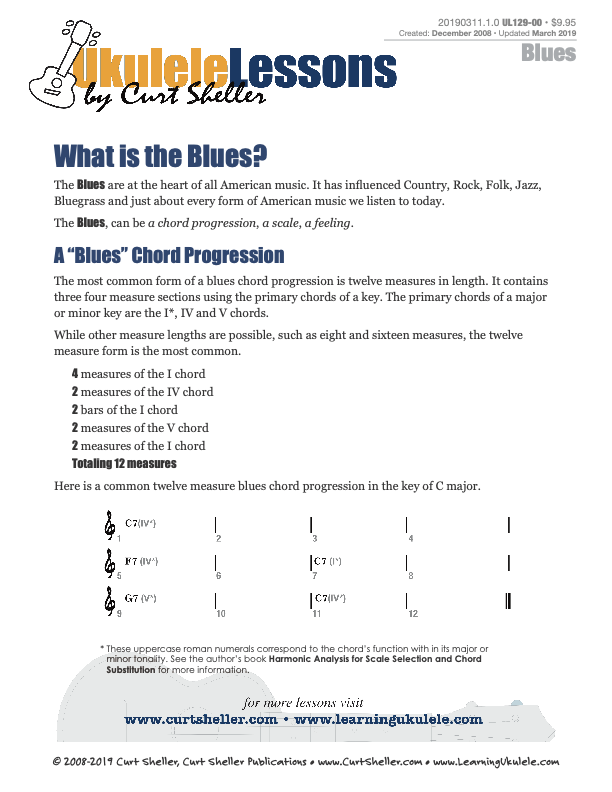
The Blues are at the heart of all American music. It has influenced Country, Rock, Folk, Jazz, Bluegrass and just about every form of American music we listen to today. The Blues - a chord progression, a scale, a feeling. This lesson presents an introduction to the blues progression and a couple of scale position of the pentatonic scale to get you started improvising.
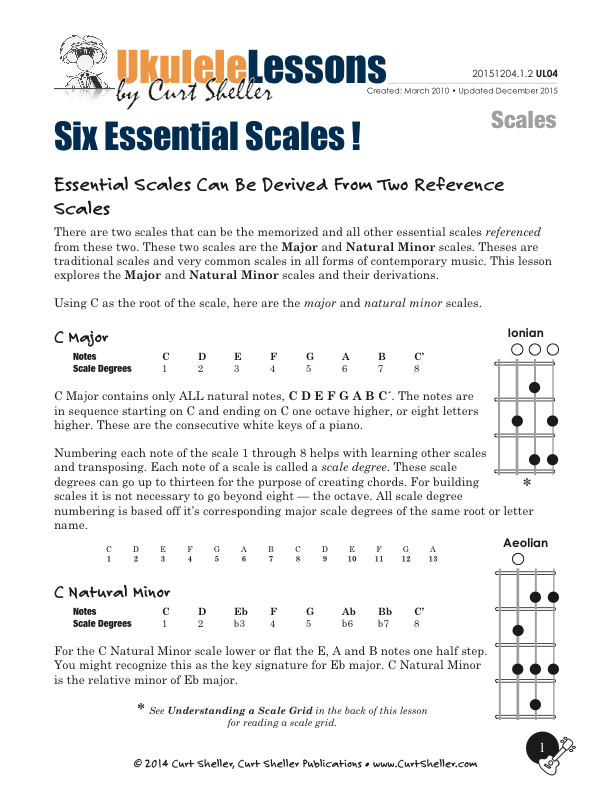
The six essential scales are: Blues Major Pentatonic Mixolydian Dorian Aeolian and Ionian From the six essential scales, you can get through a wide variety of traditional and contemporary music. A scale is simply a collection of pitches or notes, not really a "this is a Jazz scale", "this is a Blues" or "this is a Rock scale". It's how a scale is used that really matters not its name.
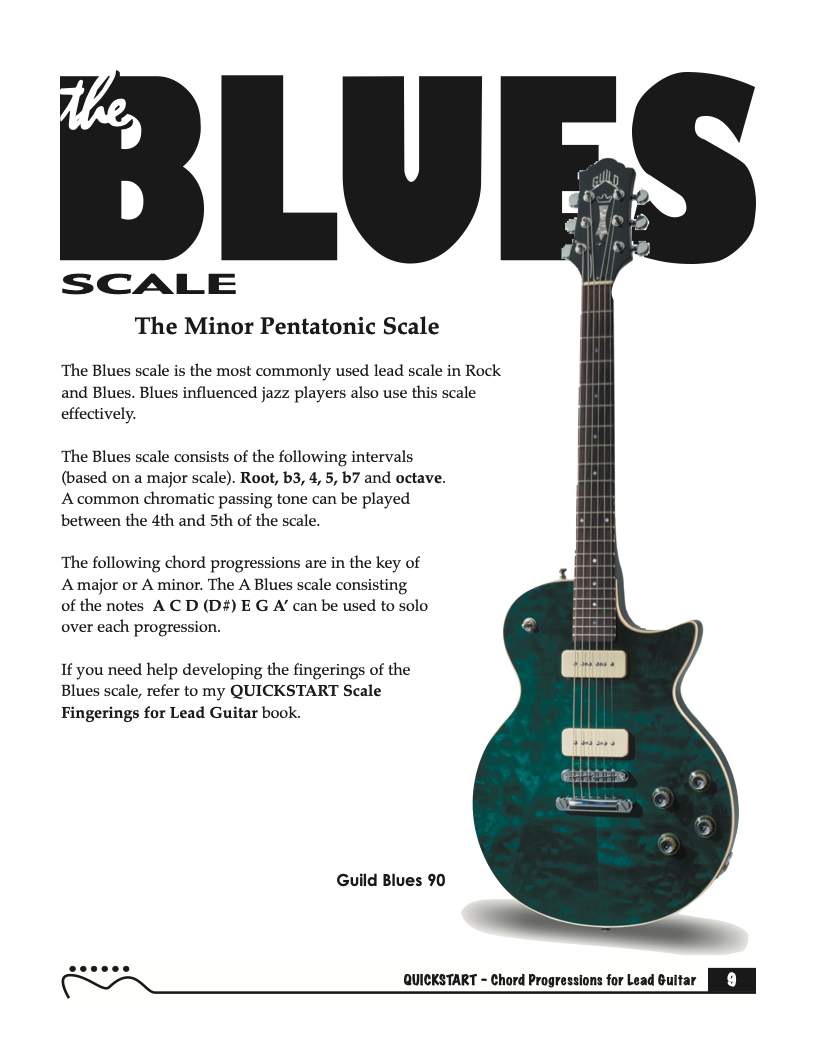
The QuickStart Blues Play-along Tracks from the QuickStart Chord Progressions for Lead Guitar. These tracks are suitable for any instruments. The Blues scale is also known by as: Minor Pentatonic and can be though of as a sub set of the Natural Minor / Aeolian scale.

The Blues or Minor Pentatonic is one of six essential scales for ALL ukulele players. One octave scale fingering solutions for strings four and three and any finger with the Blues scale chords are covered in all keys. Sample chord progressions for practice are included. Tunings: C with low or high G - (GCEA or gCEA).

Learn to create exciting solos in a variety of contemporary styles! Scales are used to improvise, create melodies and riffs. With broad knowledge of the essential scales that are used in contemporary music and a mastery of the ukulele's fingerboard and fingering principles, you're well on your way.

The Blues are at the heart of all American music. It has influenced Country, Rock, Folk, Jazz, Bluegrass and just about every form of American music we listen to today. 26 blues progression in C and G tuning, progressing from basic to advanced jazz progression, with chord grids and substitutions explained.

Daily Practice Material for the Contemporary Ukulele Player is an organized collection of daily practice and reference material for the contemporary ukulele player. This material can be used to develop the vocabulary and knowledge necessary for single note playing.

Finally, learn the names of the notes of the ukulele fingerboard in C tuning .

Learn the six fingering principles to navigating the ukulele fingerboard. Fingering is one of the most universal topics. Book: Six Secrets of the Ukulele Fingering

Harmonic Analysis is the understanding of the functional sequence of chords. It is the process used to analyze the harmonic structure of a progression, song or composition. Book: Harmonic Analysis for Scale Selection and Chord Substitution

Learn to read single note melodies in the first/open position is a lot easier than you might think. Book: Ukulele – Reading Music Series – Primer

An organized collection of daily practice and reference material for the contemporary ukulele player for developing the vocabulary and knowledge necessary for single note playing. Book: Daily Practice Material for the Contemporary Ukulele
Checkout the Books & Reference Charts for additional Handy, Dandy Reference Charts.

Ukulele Fingerboard Chart for C Tuning, Low or High G – G C E A

Ukulele Fingerboard Chart for G Tuning, Low or High A – D G B E

A handy reference chart of all 15 major and relative minor key signatures. US Letter 8.5 x 11 sized (ANSI-A), A4
Checkout the Books & Reference Charts for additional Handy, Dandy Reference Charts.

Explore creating solo, leads, and improvisation with this Blues play-along track in the common "Key of A." Great for exploring the Blues scale fingerings from the "QuickStart Scale and Arpeggio Series" of books. A standard I IV V 12 bar blues progression in the key of A using A7, D7, and E7 chords.



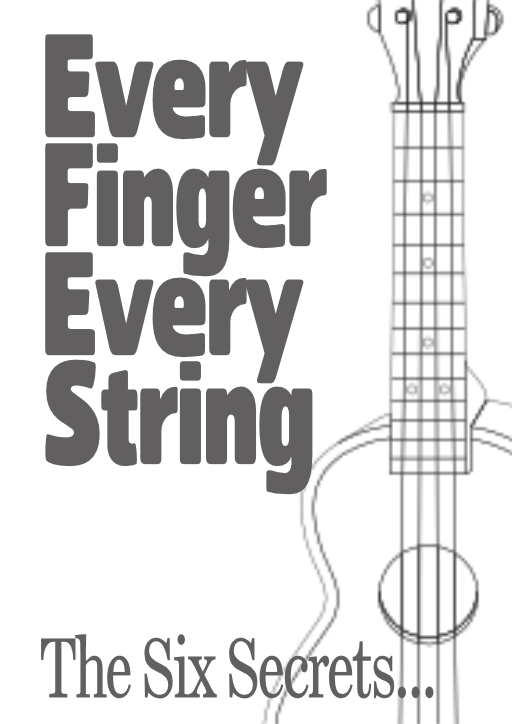



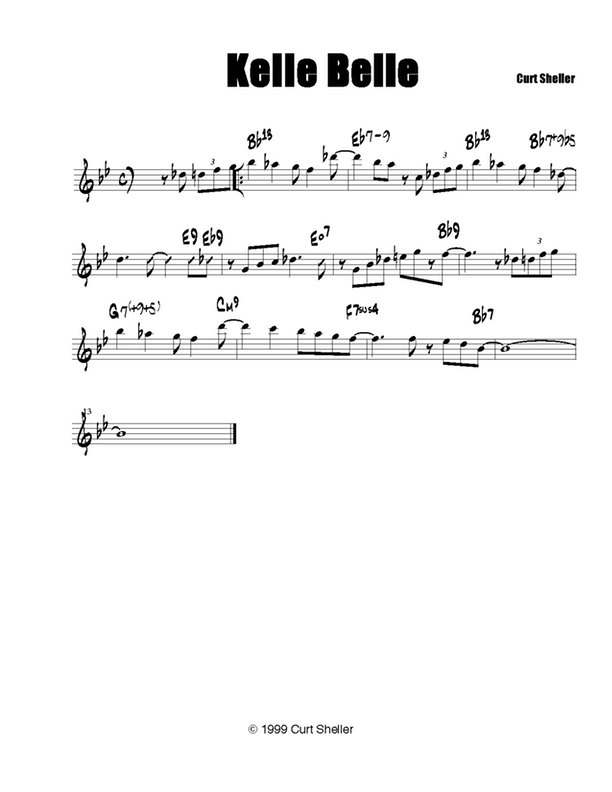
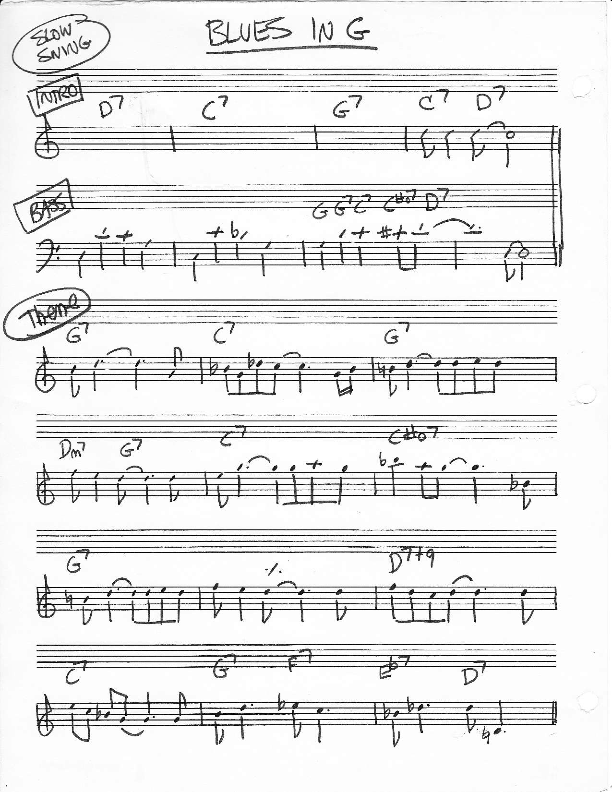

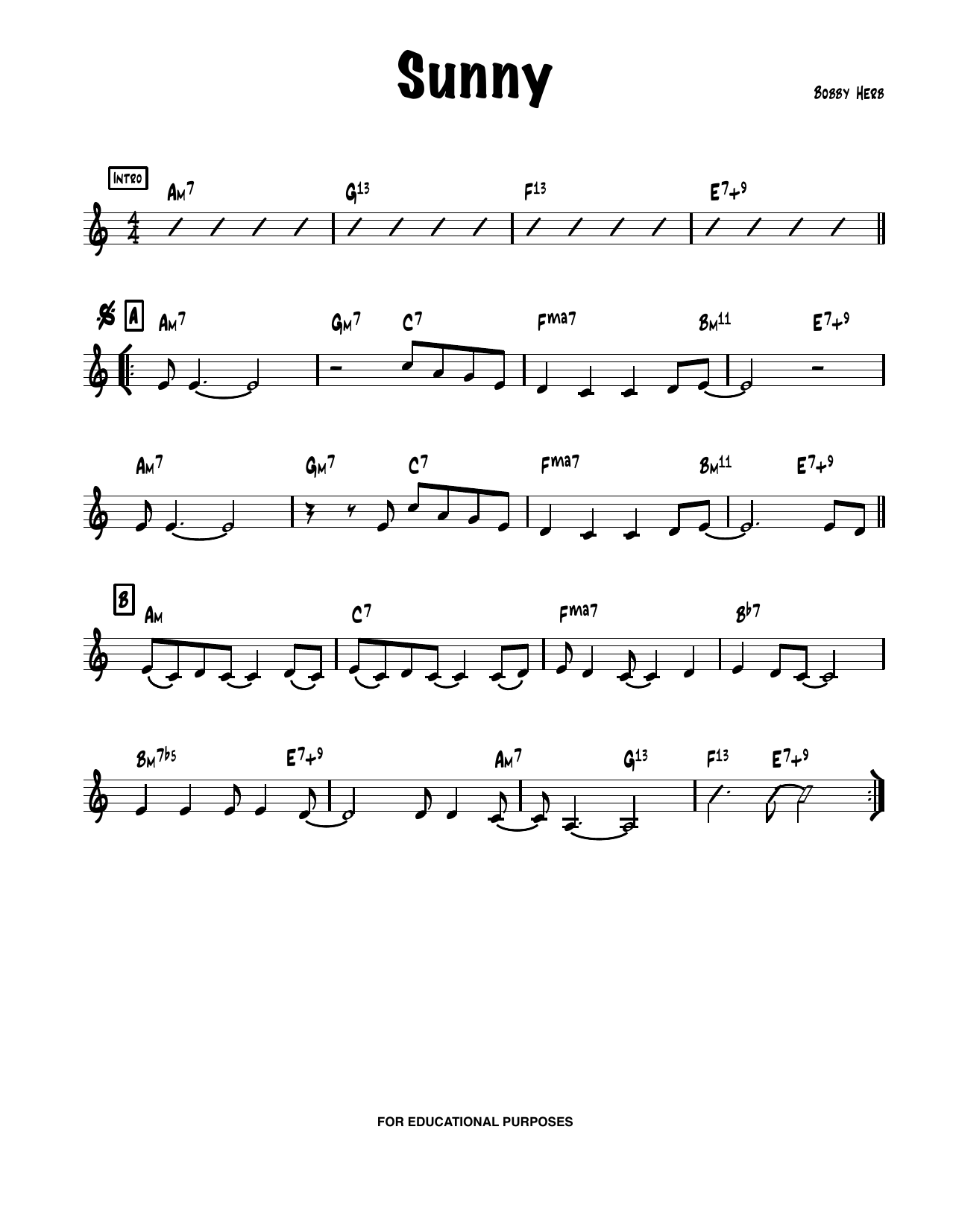
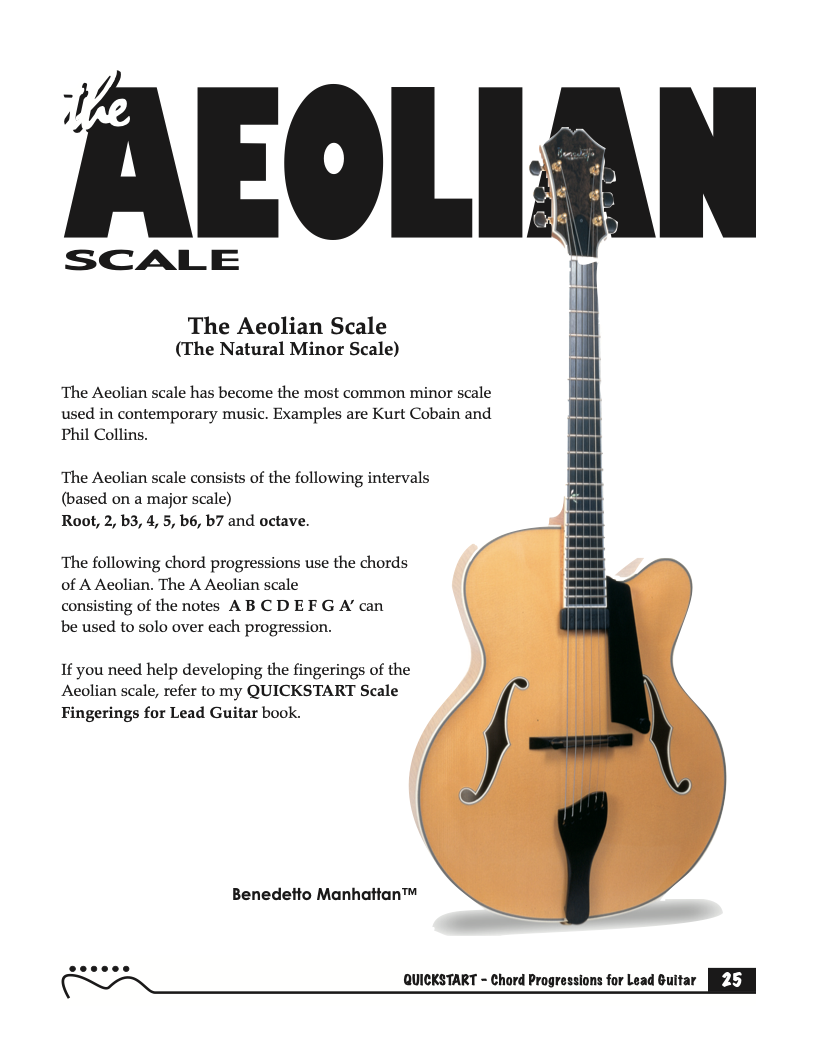
.jpg)